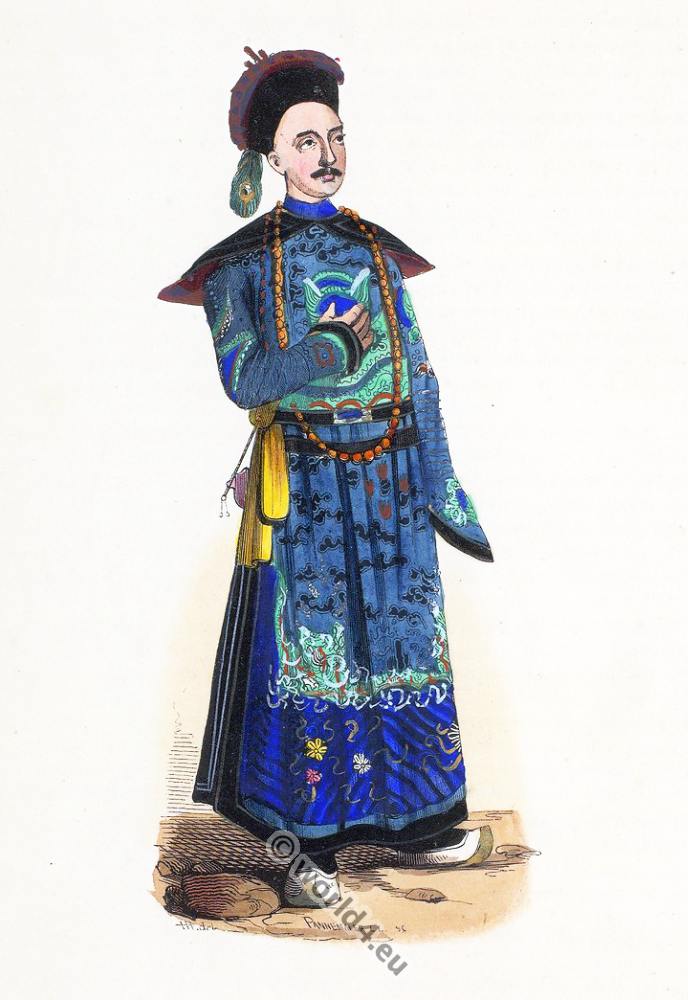
Byzantine Basileus in Grand Imperial Costume.
Emperor Nicéphore Phocas (963-969). Basileus Byzantin en Grand Costume Imperial.
Since 629 “Basileus” was the official title of the Eastern Roman (Byzantine) emperors, who had always called themselves “Autocrator” or ” Imperator” until then. Unofficially, “Basileus” was already in use at the latest since the division of the Roman Empire in 395; the inhabitants of the Greek-speaking eastern half of the Roman Empire had already used “Basileus” as the name of the emperor in principle, in addition to “Autokrator” (as translation of “Imperator”) and “Sebastos” (σεβαστός, as translation of “Augustus”). The Eastern Roman-Byzantine “Basileus” was “Anointed Ruler” or “Ruler on God’s behalf”.
The Byzantine Basileus did not have to be “purple-born” – as in Hellenistic times – i.e. of stately descent. Rather, the old Roman practice, according to which the imperial title was not hereditary, remained effective in principle.
Emperor Herakleios was the first Eastern Roman ruler to choose the title “Basileus” in an official context. The use of this title is first documented on 21 March 629. Heracleios thus showed both a devotion to Greek culture, which dominated his dominion, and a turning away from Roman tradition. The Latin language, which had still played an important role in the Eastern Roman Empire in the 6th century, finally became a foreign language in Byzantium.
Due to constant interventions by both the Germanic and the Eastern Roman rulers, the traditional Roman ruler titles such as “Caesar”, “Augustus” and “Emperor” were devalued and used in an overly inflationary manner. From now on “Basileus” no longer meant “king” but “emperor”.
Source: Un empereur byzantin au dixième siècle, Nicéphore Phocas by Gustave Léon Schlumberger. Paris Firmin-Didot, 1890.
Related
Discover more from World4 Costume Culture History
Subscribe to get the latest posts sent to your email.






